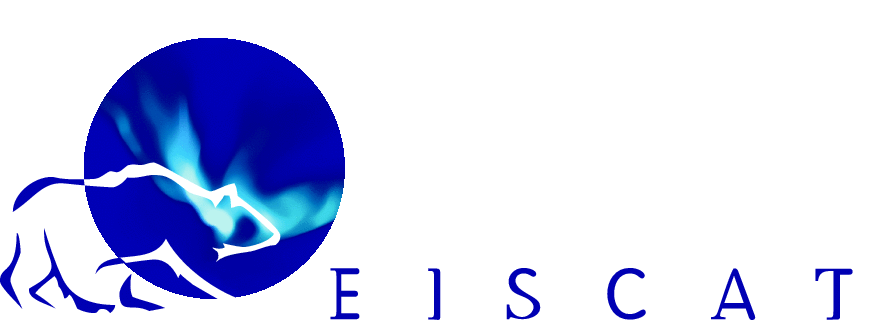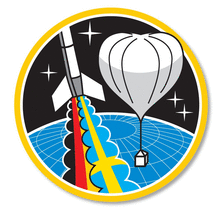
Nordic Ionospheric Sounding rocket Seeding Experiment (NISSE)
NISSE description
The experiment, with a total mass of 30 kg, consists of one "off-the-shelf" pneumatic actuator water tank and an electrically controlled release system aboard the REXUS-6 rocket. About 11 litres water will be released into the ionosphere at the payload apogee altitude of about 95 km.The water evaporates in the low pressure atmosphere and cools down while expanding into the surrounding space. The water molecules may condensate first to a cloud of tiny ice crystals due to the abrupt temperature drop caused by adiabatic cooling, re-evaporating then back into a gaseous stage when reaching the temperature of the background atmosphere. The water molecules will be ionized by solar radiation and ion chemistry, modifying the ambient ion composition in the cloud. The tristatic EISCAT UHF incoherent scatter radar system located in the Northern Scandinavia, In Tromsų, Norway, Kiruna, Sweden, and Sodankylä, Finland, will be used in the detection of the effects of the water release. The changes in the ion composition will cause local variations in the ionospheric plasma parameters, e.g. electron density variations, that can be measured by the UHF radar. In additional scenario the life time of the ice crystals turns out to be long enough to form a cloud of ice particles and induce an artificial noctilucent cloud. In the case that the ice particles get charged, an artificial PMSE (Polar mesospheric summer echo) type phenomen could be observed, which makes the experiment especially exciting!
The effects of the water release will be studied under prevailing upper mesospheric-lower thermospheric neutral wind and electric and magnetic field conditions. In addition the effects to the incoherent scatter spectrum will be investigated. In the best case important insights into the ionospheric characteristics will be obtained.
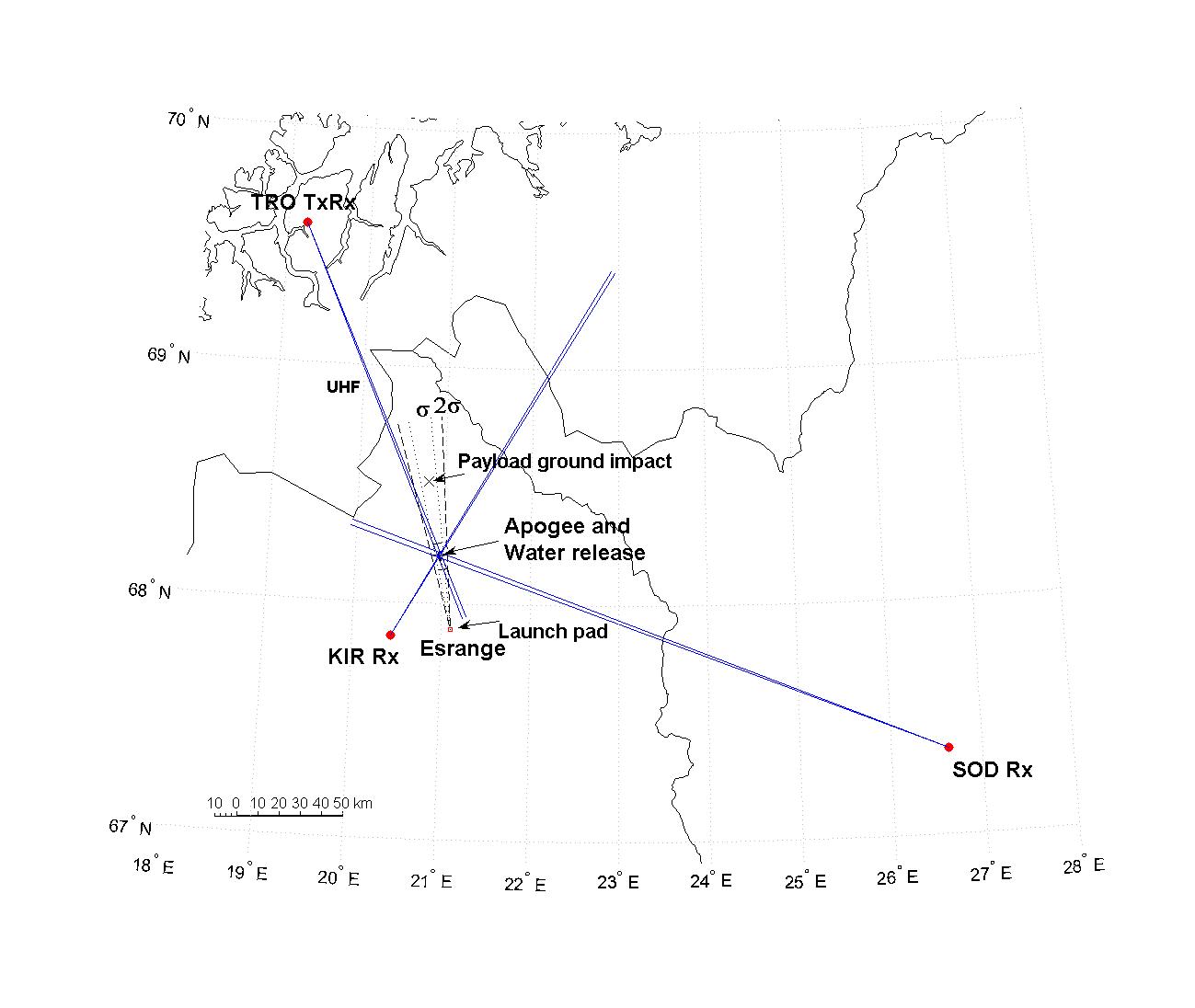
A schematic illustration of the REXUS 6/NISSE EISCAT measurement configuration. The three antenna sites of the EISCAT UHF radar are marked in red. Note that the transmitter/receiver antenna is located at Tromso and the two other antennas are receivers only! The radar beams are marked in blue. The expected water release volume around the nominal rocket apogee will be scanned with the radar. The sectors bounded by dotted and dashed lines indicate the one sigma and two sigma deviations from the nominal rocket trajectory, respectively.
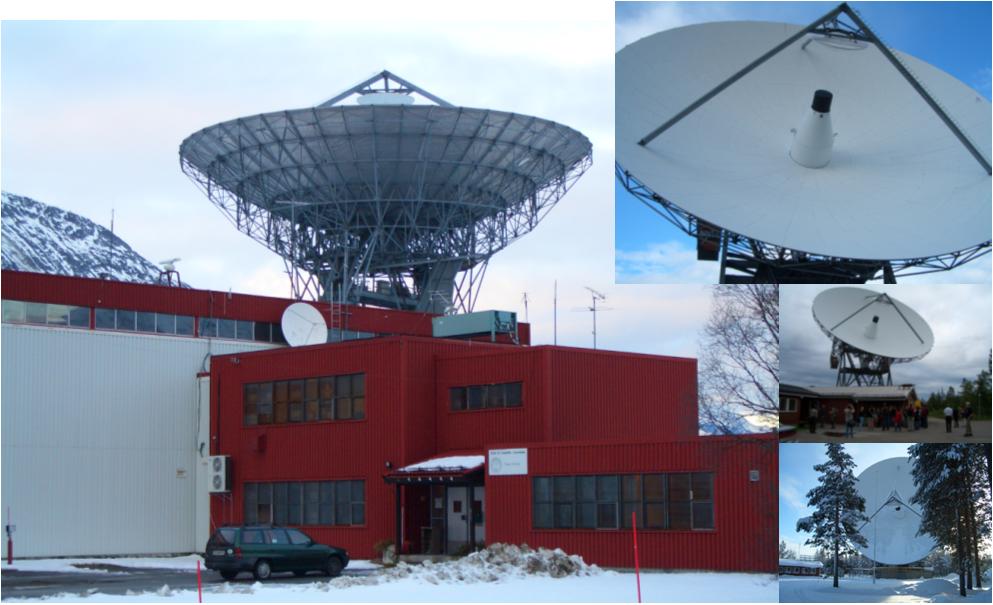
UHF radar
This project is supported by:
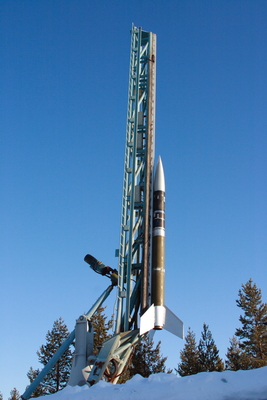 Source: ESA
Source: ESA

